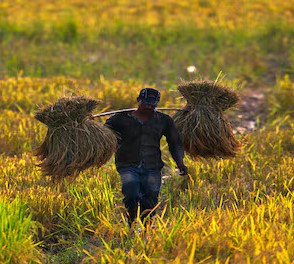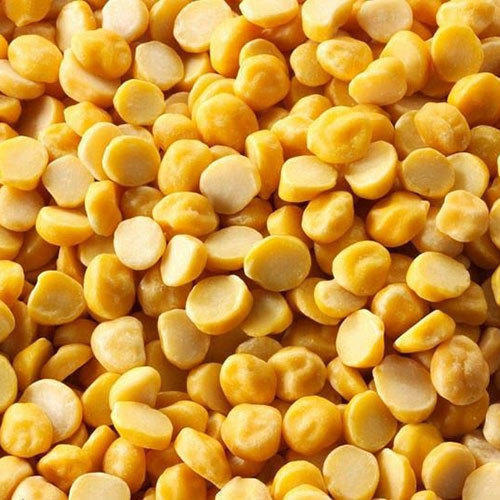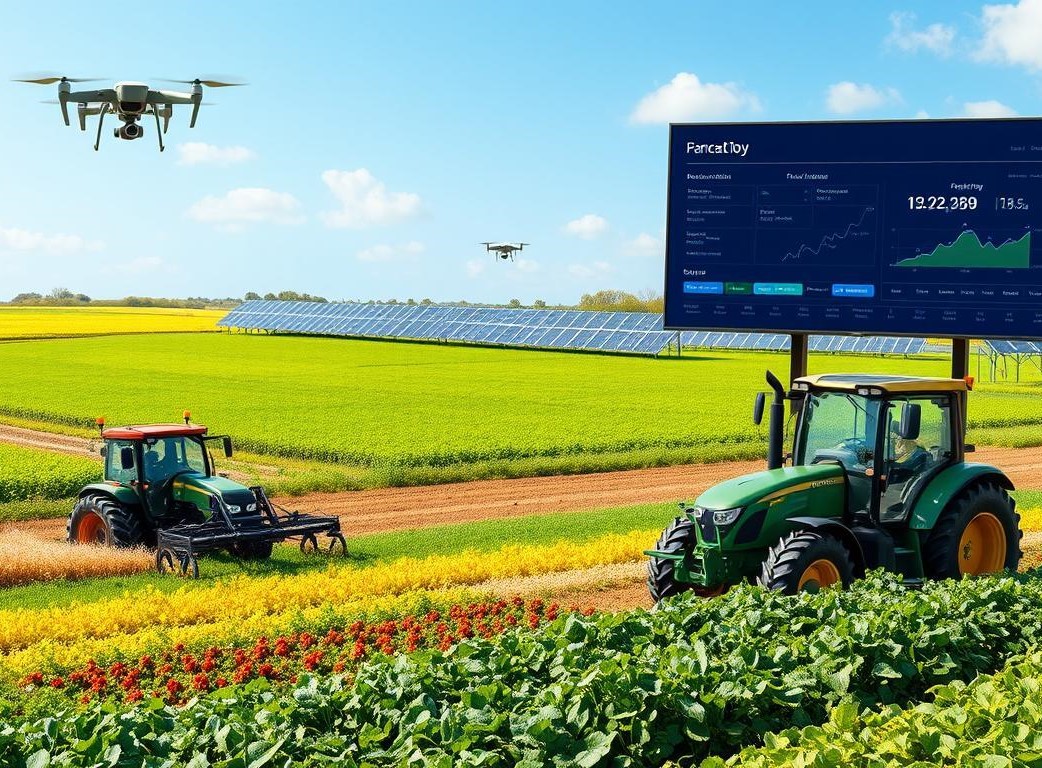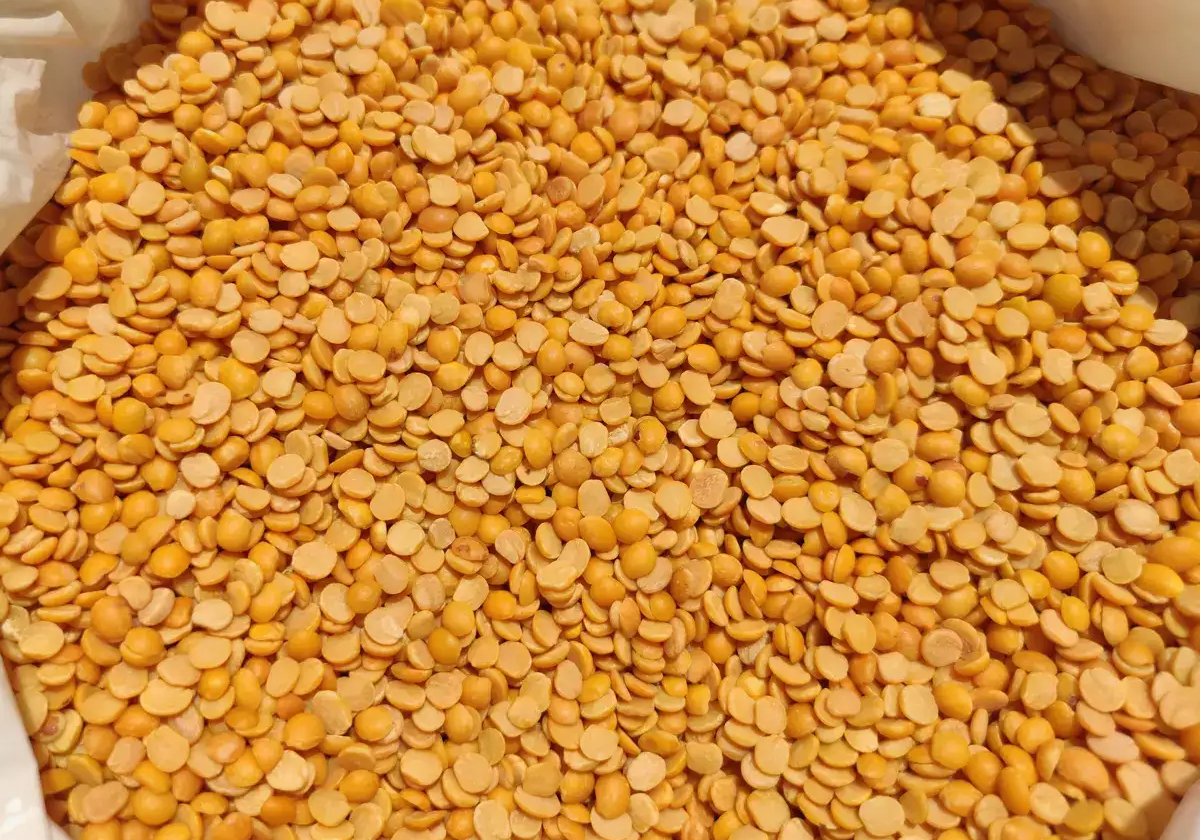
India’s largest agri-trading marketplace Agribazaar has recently announced that it will be offering a ‘remote sensing crop model’ to farmers. The model will help farmers in implementing precision farming methods naturally and without much fuss.
The company said the service will be provided to three lakh farmers who have been registered with the platform, though the service is expected to benefit over 10 lakh farmers in the coming months.
The company stated that it was the first time that a remote sensing crop model was being made available in India even though many countries across the globe have already started cultivation using the technology. “We are the first agri startup to offer such a service in India,” said Agribazaar Co-Founder and Managing Director Amit Mundawala.
What is a remote sensing crop model?
Remote sensing refers to the process where scientific data and observations are collected about an object without needing to be at the same location physically. This exercise is often carried out through a variety of instruments, including measuring an object’s reflected and emitted radiation through a satellite or plane.
Remote sensing in agriculture refers to the process of collecting information about soil and the land. Through ground observation posts, satellites and aircraft observations, scientists and agricultural experts are able to measure characteristics like nutrient deficiencies, water deficiency or surplus, weed infestations, insect damage, hail damage, wind damage, herbicide damage, plant populations and presence of diseases.
The collection of this data allows for the easy implementation of precision farming. Precision farming refers to a farming management concept where inputs are carefully chosen to increase average yields.
Inputs include material like fertilisers but also the amount of water given to crops, choice of crops, cropping practices, and more. Through careful planning, precision farming leads to a higher average yield per unit of land when compared to traditional farming while also using available resources and inputs judiciously.
Essentially, it tells farmers the ‘what, when, where and how’ for farming their crops.
What is Agristack?
Agribazaar, along with Microsoft, have been chosen by the Indian government for its ‘Agristack’ programme to share the remote sensing crop model. Agristack is the government’s project that seeks to build a digital data stack of information, like land records.
These datasets will then be analysed to recommend seeds to buy, farming best practices, updates on weather, information about agricultural credit, insurance, and more to improve average farming yields. The ambitious project is part of the government’s plan to bring about the promised doubling in farming income. India Digital Ecosystem Architecture (IDEA), as the Agristack is officially known, will seek to combine all the various datasets on agriculture to have a comprehensive integrated platform.
But experts suggest that old records, landless farmers, and low digital literacy may be huge obstacles.
“There is an impression, which is not necessarily true, that combining databases will lead to better targeted delivery of government programmes and, therefore, savings for the exchequer. The second reason is to open a new market for businesses. Sadly, neither of these reasons has much to do with what is best for the farmer,” said Nachiket Udupa, Mazdoor Kisan Shakti Sangathan (MKSS) member told IndiaSpend. MKSS is a labourer and farmers’ rights organisation in Rajasthan.
Apart from AgriBazaar and Microsoft, big names like ITC, Cisco, and Amazon are currently working to develop a functioning Proof Of Concept for the model.








 Connect With Us
Connect With Us